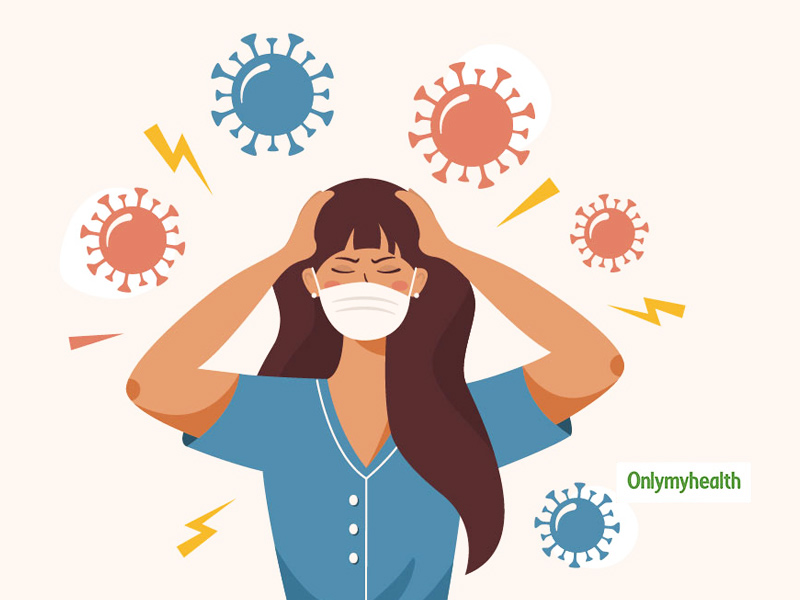
As we continue to reel under the impact of COVID-19, people who have remained homebound for about seven months are now suffering from ‘pandemic fatigue’. Emerging out of exhaustion and impatience, Mumbaikars are now experiencing this fatigue or burnout, thereby provoking apathy and restlessness. This stands especially true as the lockdown restrictions are being gradually lifted. At a time when we are getting used to the ‘new normal’, pandemic triggered fatigue is making people exhibit indifference to the infection, which shouldn’t be the case; the COVID-19 infection cannot be taken lightly!
Table of Content:-

Also Read: How Has The Pandemic Led To A Behavioral Change When It Comes To Handwashing?
What Is Pandemic Fatigue?
A recent study conducted by the Australian Centre for Disease Preparedness (ACDP) aimed at highlighting how long the Coronavirus remains viable on various surfaces, to help predict its spread and find ways to mitigating the risk. The researchers focused their efforts towards understanding the transmission and viability patterns on commonly handled items like banknotes (to represent money), stainless steel (to represent kitchen utilities, elevators and public restrooms), glass (to represent mobile phone screens, computers & ATMs), vinyl (to represent table tops & handles), and cotton (to represent household fabrics and everyday clothing). Conducted in the dark, the experiment was staged at three different temperatures, i.e. 20 °C, 30 °C, and 40 °C, at 50% humidity. The aforesaid surfaces were then tested for the presence of the live virus at various times, such as one hour, one day, three days, seven days, 21 days and 28 days.
This well-documented research signifies the need to disinfect high-touch surfaces. This is crucial even though you are likely to catch the infection by coming in direct contact with someone contagious or by being in close proximity to someone who sneezes or coughs.

Here are the most common high-touch surfaces:
- Doors & door knobs
- Tabletops & chair backs
- Switchboards
- Mobile phones & laptops
- Remote controls & consoles
- Taps & flushes
- Elevator buttons
- Handrails/ stairway railings
- Shopping cards
- ATM buttons
How to clean and disinfect?
Before you begin the disinfection process, wear gloves and make sure that there is appropriate ventilation while using the product. Then:
- Clean surfaces using soapy water, then use a disinfectant liberally.
- Mix 5 tablespoons or 1/3rd cup of bleach with 4 cups of water to make your household disinfectant, or use a disinfectant with 1% Sodium Hypochlorite. You can also use solutions with at least 70% alcohol content.
- Discard cleaning material made of cloth (mop head or cleaning cloths) inappropriate bags after concluding the cleaning and disinfecting exercise to prevent cross-contamination
- Wear a new pair of gloves every time you begin the disinfection exercise; discard them appropriately after use.
- Importantly, disinfect all cleaning equipment after use, and before re-use in another area; rinse with hot water.
- Keep elderly, children, pets and other people with respiratory issues at bay during disinfection exercise.

Also Read: Pollution In The Times Of COVID-19. Know What Makes This Deadlier For Our Health During The Pandemic
It is important that you do not let your guard down even if the ‘Pandemic Fatigue’ sets in. Understanding that the virus can remain viable for 28 days on common surfaces like steel, glass and banknotes, should make us even more cautious! Don’t let this bog you down with fear and don’t resign to the situation, rather equip yourself with the right information and combat the virus indoors and outdoors. Make your family members your ally, and make social etiquettes and engaging exercise, so handwashing, social distancing and cough etiquettes become a habit that will keep the family safe.
With inputs from Dr Anita Mathew, Infectious Disease Specialist, Fortis Hospital, Mulund
Read more articles on Other Diseases
Also watch this video
How we keep this article up to date:
We work with experts and keep a close eye on the latest in health and wellness. Whenever there is a new research or helpful information, we update our articles with accurate and useful advice.
Current Version
